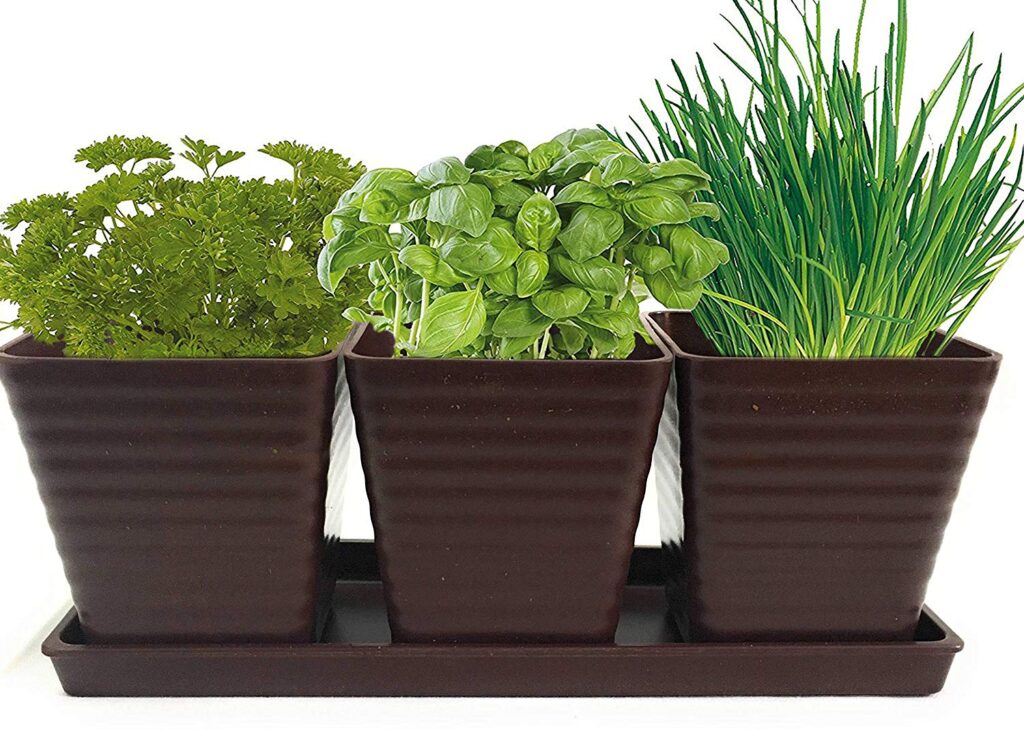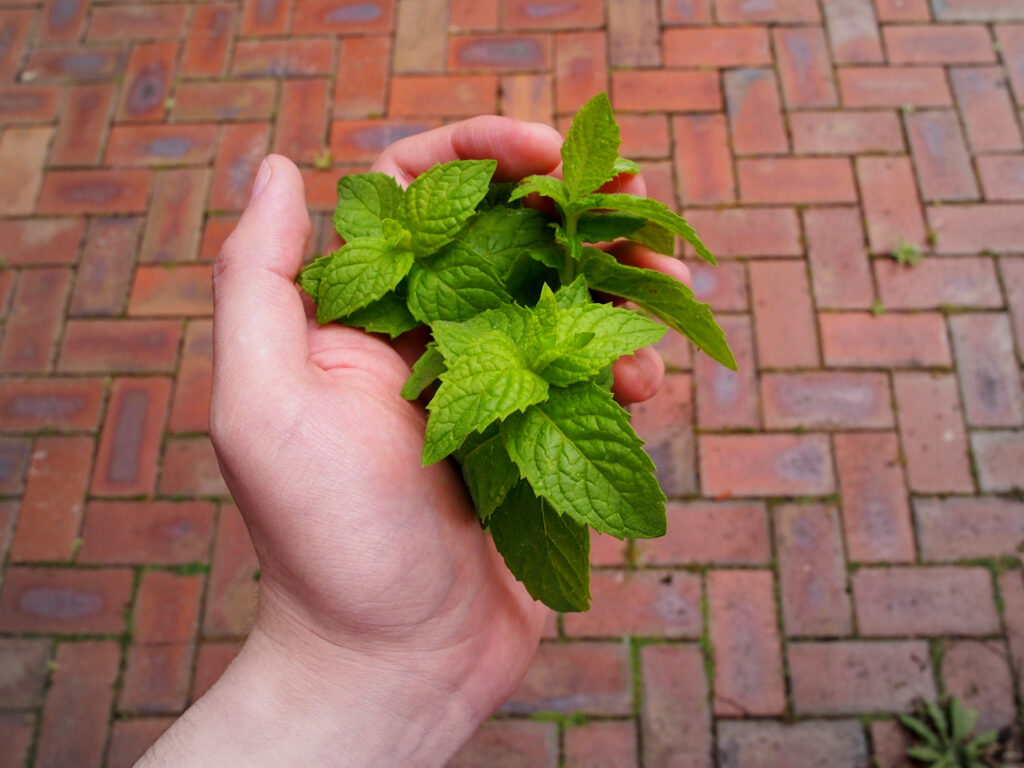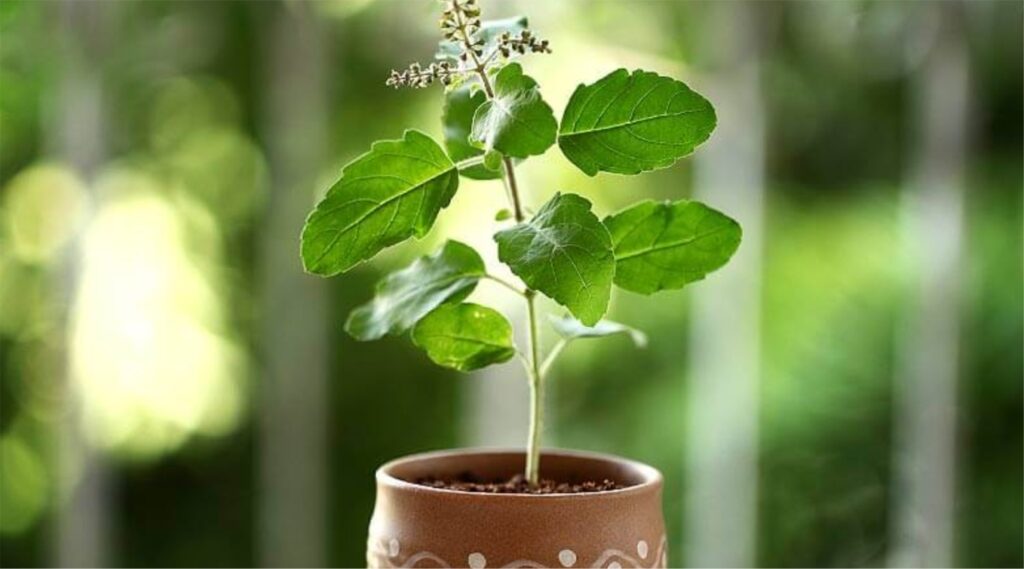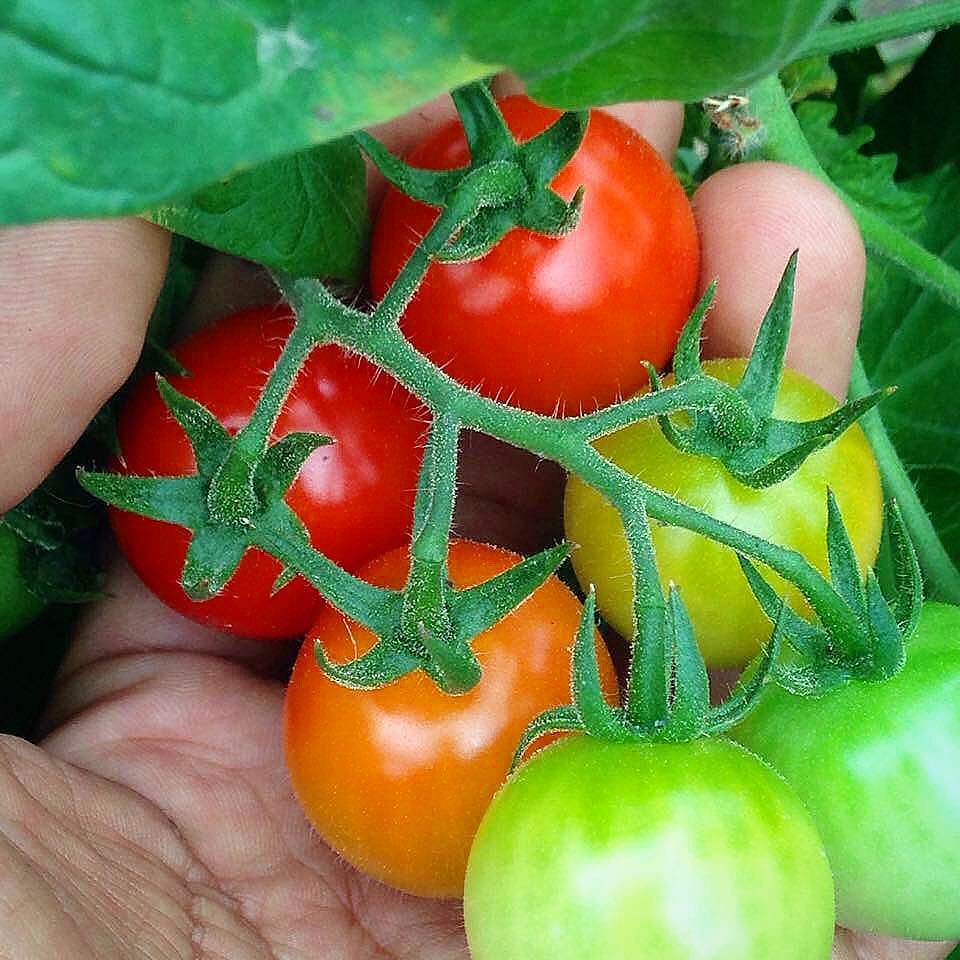Hong Kong may be small in terms of house size but the ingenious ones, like Meenakshi Gupta, manage to find space and resources to indulge in hobbies they are passionate about. She shares how easy it is to grow and care for an herb garden in your home
Some of us are lucky to have balconies to make a little space for potted plants; the rest of us – we grow our herbs on the kitchen window or use the ledge outside. There’s nothing more joyful than using your homegrown greens for your cooking. All you need is a window sill and some TLC!

Where to buy?
- The most obvious place would be the flower market at Prince Edward. In this sprawling market, you will discover most herbed plants along with numerous varieties of fresh flowers
- Your local wet market could also serve as a good starting point – there is usually at least one shop selling plants and fresh flowers in Aberdeen, North Point, Quarry Bay, Tung Chung, Wan Chai and Sham Shui Po to name just a few popular ones. The lane markets of Wan Chai and Central also have plenty of such shops to buy plants, pots and gardening supplies
- If the above options do not work for you – hunt for your favourite plants at Japan Home and PARKnSHOP – the large ones have a plant section where you might find your greens
- Yet another way is to hunt for seed packets from department stores like Aeon, Muji and Ikea which carry them to encourage green living. Several toy stores also stock them for children. These come in cute little pots with step-by-step instructions
- Of course, its great when it comes from friends who can share from their growing stems. Or when one is leaving the city and is looking for a new home for their green babies. Holy basil, or tulsi, as we know it, often moves homes like that
For your kitchen garden, you may buy a little mint plant from the market, but it sure grows and keeps growing! Basil, on the other hand, can be planted easily instead of buying a potted plant. Buy a few fresh stalks from the wet market, strip its leaves for use in cooking and stick the stalks in an empty pot filled with soil. Water it well and you will see new leaves sprouting within no time. This technique can also be tried with green chillies and cherry tomatoes. It will take a little longer but when the first chilli or the first tomato appears on your plant – the feeling of pride is priceless!
Some of the basic plants I grow in my kitchen garden…

Mint is a perennial plant, much-loved for its use in salads, chutneys, garnish and of course, flavouring the morning chai and weekend mojitos! If you want the fresh minty fragrance in your house; it is the ideal herb to grow on your window sill. The easiest way to start would be a store-bought mint plant. See how rapidly it replenishes its leaves after you chop them off for cooking.

Tulsi is an essential part of an Indian home. Used in numerous Ayurveda decoctions and curing many ailments, Tulsi leaves are endowed with many medicinal properties which over the years have acquired near mythical, almost magical stories. Boiling tulsi leaves with tea is good for overall health and boosting immunity. These also keep the niggling coughs, colds and sore throats at bay. Remember to remove the little seeds or manjari that sprout on the edge of the stalks. These are harmful for the plant itself but give rise to new plants.

Basil is used extensively in cooking of Italian and Thai cooking. It’s another aromatic plant which will leave your home fragrant. The leaves bruise easily so roll them up to chop finely for salads or to enhance taste in Thai curries and other preparations.

Cherry tomatoes and green chillies take their time to fruit. Reserve a few seeds next time you use cherry tomatoes or green chillies. Sprinkle into soil ready pots. Water gently for a few days and you will see saplings shooting up within no time. It takes more than a month for the flowers to appear and later still before you see a small green tomato or a little chilly – just be patient. Don’t give up on the plants too soon.

Aloe Vera does not require much care in terms of water or soil change. It is also quite a hardy plant and grows well even tucked into a corner. The benefits of aloe vera are well known and much written about. Not only does it soothe the sun-baked skin, it also helps heal ordinary cuts and burns as well as overall skin hydration.
In addition to these plants, you can also grow other Indian herbs such as curry leaves and coriander, and western herbs like oregano, rosemary, thyme, tarragon, sage, parsley and cilantro. Whatever herb or even flowering plant you wish to grow, look after it well and see how it enriches your cooking experience. A few simple tricks will ensure that your plants survive and thrive…
- Most herbed plants require plenty of water, a little bit of sunshine and lots of love and conversation! Surely, talking helps – all the gardening books say so! For the rest – use the water that you soak dal and rice in. Instead of emptying it out in the sink, pour it into another vessel and empty it into your plants. You are reusing and conserving a precious natural resource.
- If making tea without sugar you can utilize the wet tea leaves and pour them directly into the soil. Again, going green.
- Homemade insect repellent – one you will not mind using in your kitchen. Add 1 tbsp of cinnamon powder to a jug of water and leave overnight. Boil the same, let it cool before pouring into a spray bottle. Aim on the leaves. This spray effectively prevents the little buggers on the plants from ever bugging you again.
- Once in a long while use a small fork to gently dig into the soil at the rim of your plant. This airs out the soil around the roots. Be careful not to nick the roots. You might have to use your fingers; don’t be afraid of getting your fingernails dirty!
- If the soil is looking too dark and acquiring a dark green tinge, ease off the water for a few days – you’ve probably overwatered it.
Plants bring much joy and harmony into our busy lives. Taking care of plants can become an extremely rewarding and fulfilling activity. So, go ahead and plant something and you shall have a thriving little kitchen garden in no time.
(As published in A-DesiFlava magazine’s May-June issue)





